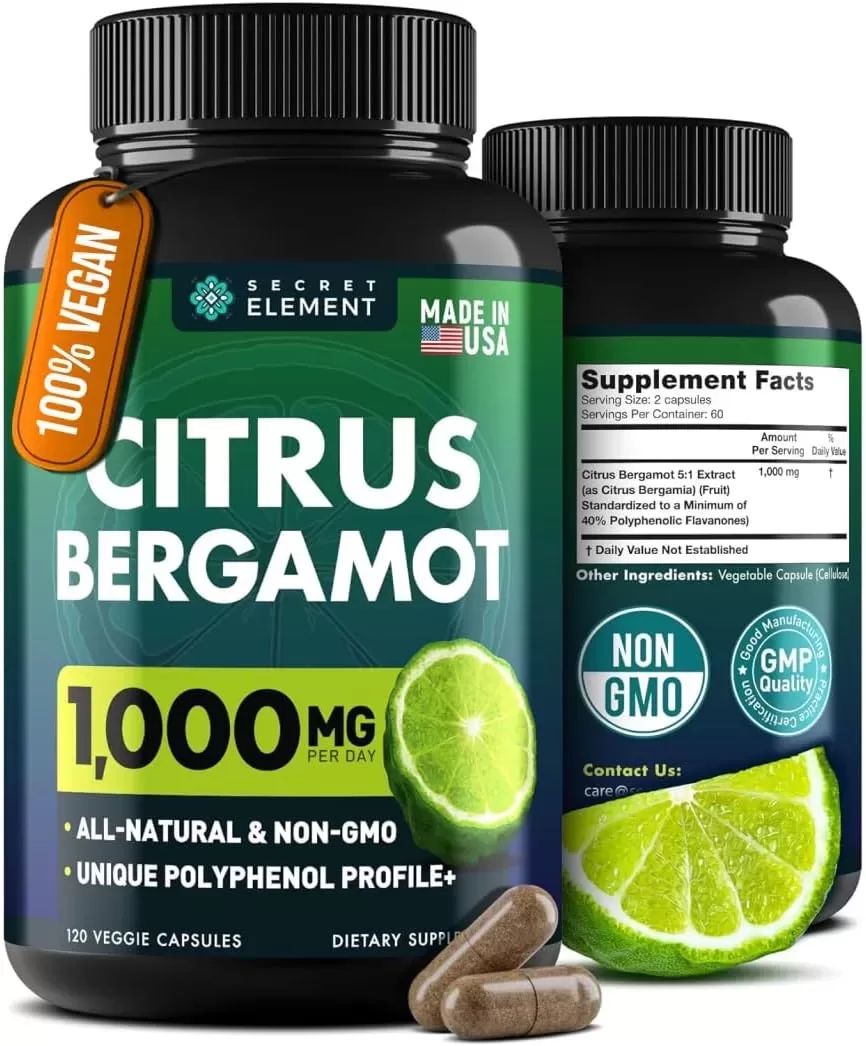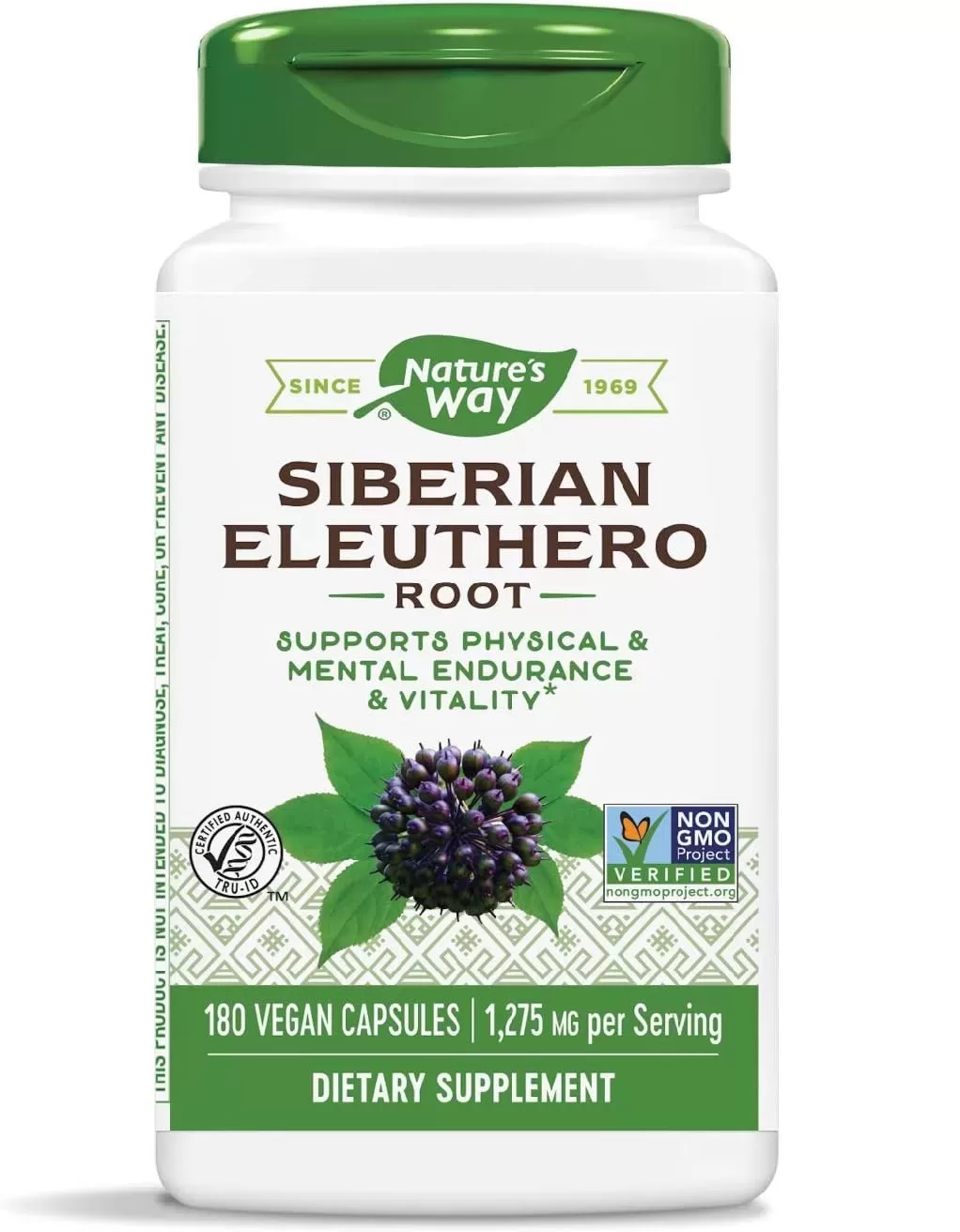Pico de gallo adds freshness, tang, and bite to an otherwise simple Mexican dish. But how spicy is it and how much can you take?
Pico de gallo and salsa have a similar heat index. The only differences they have are texture and method of preparation. Most traditional pico de gallo recipes use jalapeno peppers while other recipes use serrano peppers. The heat of half of a serrano is equivalent to 2 jalapenos.
How can you adjust the heat, and what are the tips to make pico de gallo milder or spicier? Read on to find out!
How Spicy is Pico de Gallo?
Pico de gallo has the same heat index as salsa. Those unaccustomed to eating raw salsa or who think that it’s spicy will most likely have the same sentiment for pico de gallo.
Most pico de gallo recipes use fresh jalapeno peppers. If unavailable, others use serrano peppers. Jalapeno peppers are less spicy than serrano peppers.
Jalapeno peppers have Scoville Heat Units (SHU) of 2,500–8,000 while serrano peppers have SHU of 10,000–23,000. That’s 3 to 4 times hotter than jalapenos (sources: National Institute of Standards and Technology US. Department of Commerce).
Pico de gallo recipes differ in the number of peppers used, but it is usually between ½ of a piece to 2 pieces of jalapeno or serrano peppers.
If you base it on the recipe, for example, using 2 serrano peppers would mean the pico de gallo would be spicier compared to using 2 jalapenos.
Based on heat or spiciness, if you want your pico de gallo to be mild and say, only have serrano peppers, you’ll only need ½ of a serrano pepper if the recipe calls for 2 jalapenos.

With this said, it will come to your preferences whether you like it hot or not. If you like your pico de gallo to be mildly spicy, don’t include the seeds and membranes when cutting your peppers. Otherwise, add them if you like your dip to be hot.
Note that it’s not the seeds that make the peppers hot, but rather it’s the membrane surrounding the seeds.
Capsaicin, the compound that SHU measures in pepper, is produced between the endocarp and placenta of a pepper (source: Food Source Information Colorado Integrated Food Safety Center of Excellence).
The seeds as well as the membrane have to be removed because the seeds are, most of the time, fixed to the membrane.
If you like it to be somewhere in the middle, you can add both serrano and jalapeno to make your pico de gallo considerably hot and spicy.
Commercial or store-bought pico de gallo is either labeled “mild” or “spicy”. Other times, they are labeled as “mild”, “medium”, or “hot”.
Those labeled mild are made with jalapeno peppers. Those that are labeled medium, spicy, or hot are made with jalapeno and serrano peppers, or sometimes just with serrano peppers.
At Chipotle, they don’t call pico de gallo as is. Rather, they have “Mild” salsa which many customers consider to be pico de gallo or a fresh salsa recipe because it is made fresh.
Taco Bell used to have pico de gallo but they’ve recently removed it from their offerings. However, most restaurants have a mild option for those who can’t handle too much heat or spice.
Authentic Mexican deli stores or specialty stores will most likely have authentic pico de gallo as well.
Which Peppers are Used in Pico de Gallo?
Jalapeno peppers are the most prevalent type of pepper used in pico de gallo, followed by serrano peppers.
The Scoville Heat Units (SHU) of jalapeno peppers is at 2,500–8,000 while serrano peppers have it at 10,000–23,000, which is 3–4 times hotter than jalapenos (sources: National Institute of Standards and Technology US. Department of Commerce).
When it comes to heat, ½ of a piece of serrano pepper is equivalent to the heat of 2 jalapeno peppers.
You can always adjust according to your heat preference. You can also keep or remove the seeds and the membrane, as mentioned above, to make your pico de gallo milder or spicier.
We hope you found this article helpful!













Comments are closed.